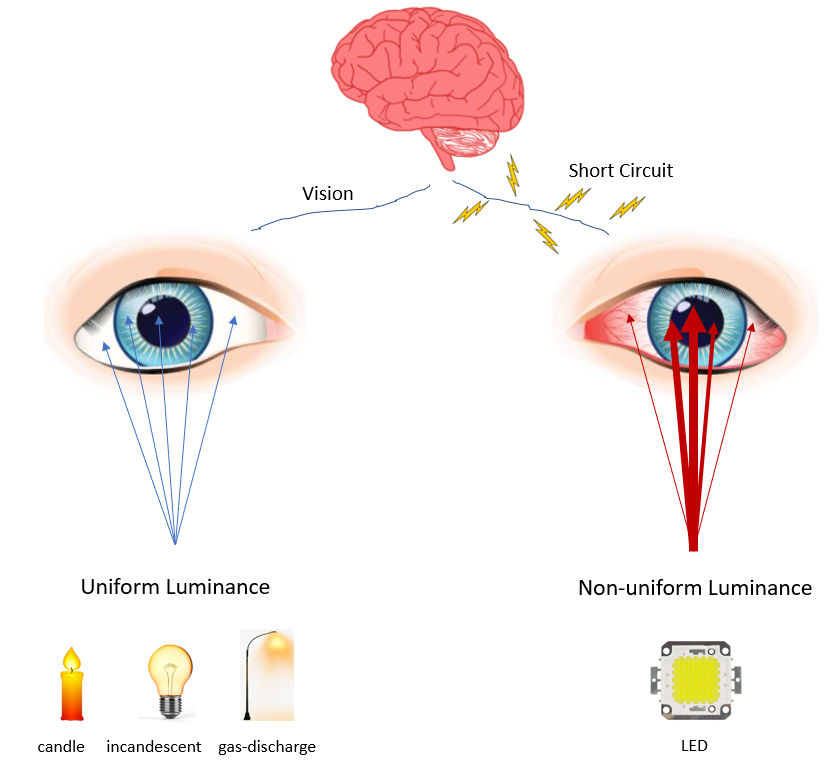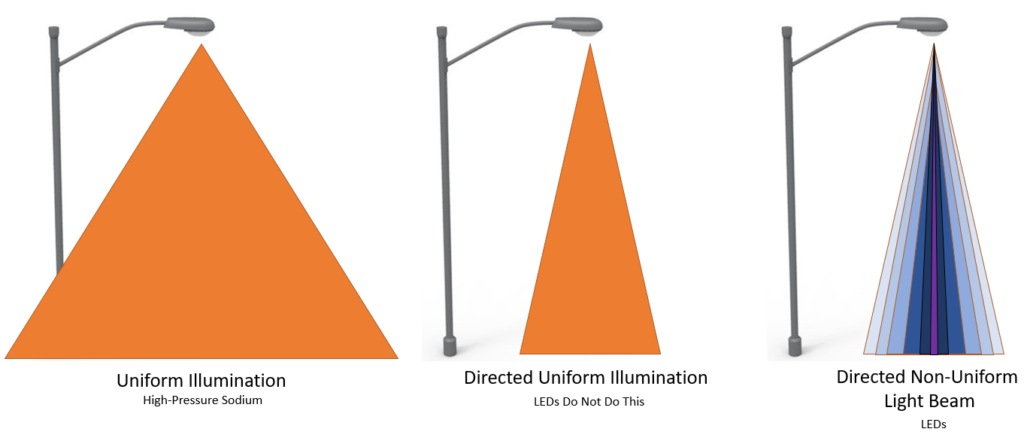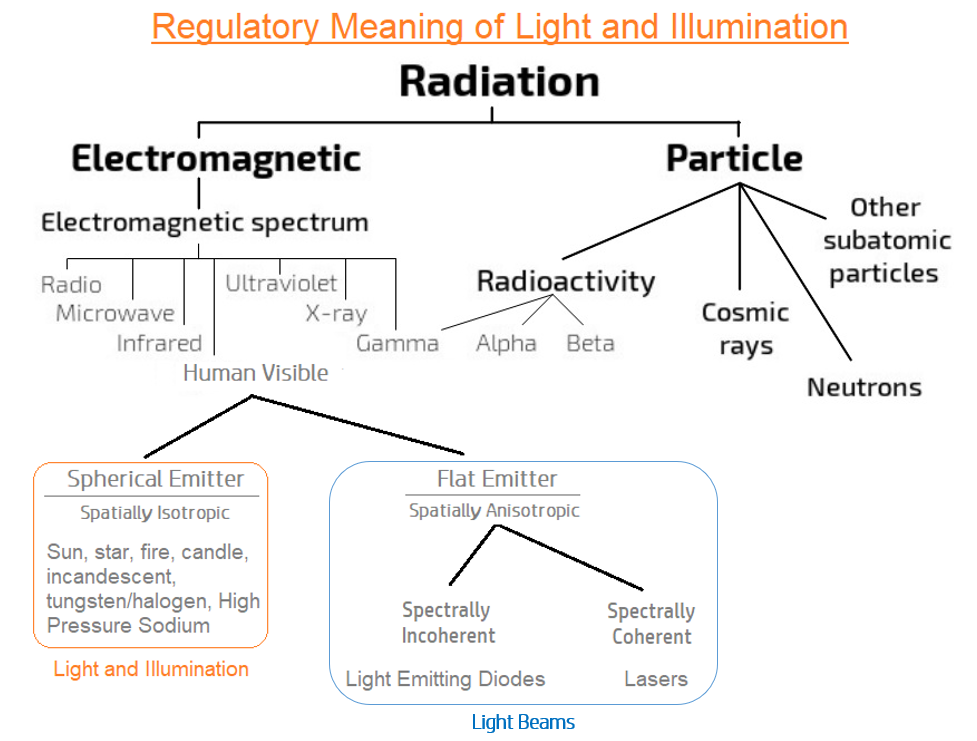Electricity and Diodes
Electricity is the movement of charged particles. This movement also creates a magnetic field. A diode is a semiconductor device that essentially acts as a one-way switch for current. It allows current to flow easily in one direction, but severely restricts current from flowing in the opposite direction.[f] A Light Emitting Diode is constructed such that when the positive holes and the negative electrons combine, the energy released from the combining process is in the form of light energy as shown in Figure 9.[f]
When the positive hold and the negative electron combine, the electron loses some of its energy as it becomes bonded with the positive hole. The resulting energy is emitted in the form of photons. A Light Emitting Diode releases almost all energy in the form of light, rather than heat like the tungsten filament in an incandescent light bulb. The wavelength of the light produced depends on the energy band gap of the semiconductors used.[f]
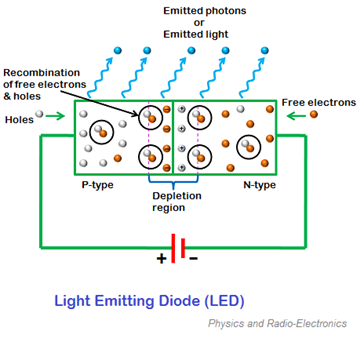
Figure 8 – LED P-N Junction Diode[f]
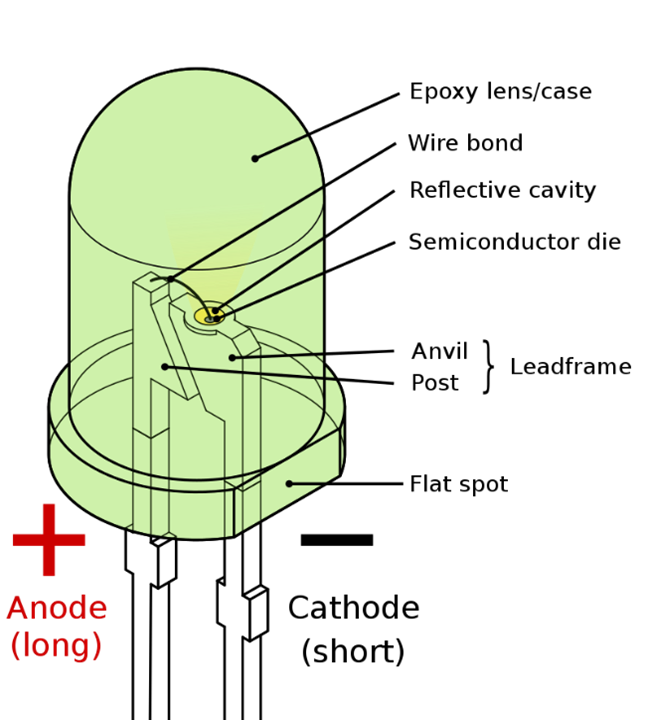
Figure 9 – Light Emitting Diode[f]
The Spectral Distribution Graph of a 5200 Kelvin Light Emitting Diode is shown in Figure 10. Notice that this SPD is dramatically different than the SPD from sunlight at noon or an incandescent lightbulb. This chart shows a large amount of blue wavelength light, very little cyan and low amounts of red.
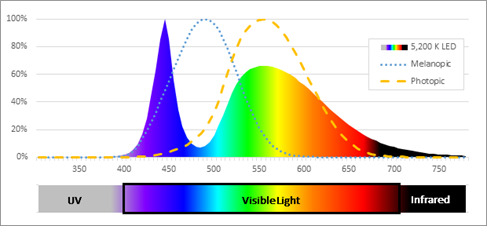
Figure 10 – SPD for 5200K LED[f]
The most common method of product white light from and LED is to use the blue wavelength LED chip and then applying a yellow phosphor coating. This is shown in Figure 11.
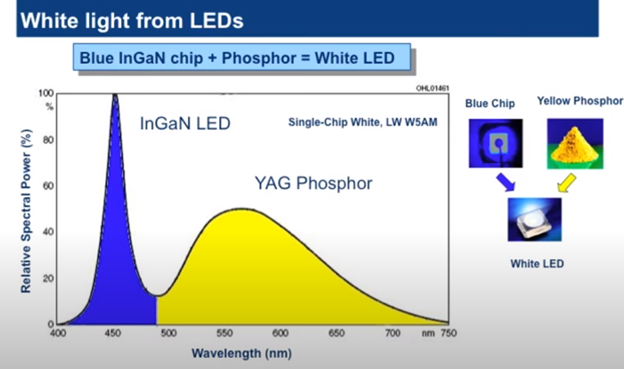
Figure 11 – White Light from LED[f]
This additive color technique produces the desired white color as interpreted by the human brain. However, the energy levels of the full spectral distribution across the visible spectrum are not smooth and contain mostly high energy blue wavelength light. This has cellular level impacts on the human eye as well as psychological impacts not associated with sunlight or incandescent light.
